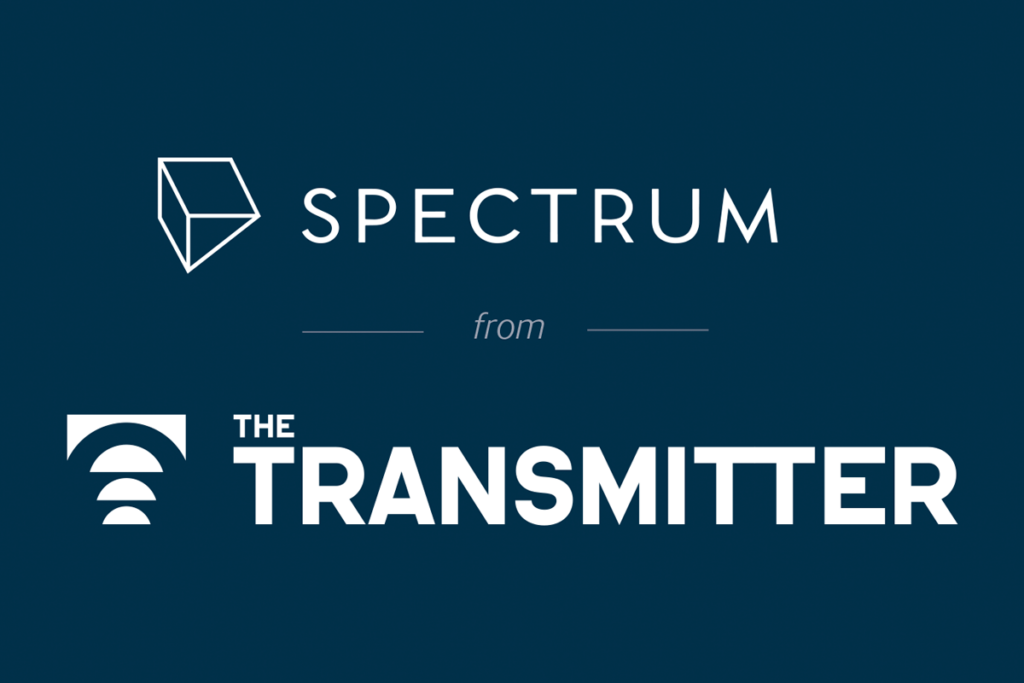Peggy Kaplin is responsible for uploading content to SFARI.org and Simonsfoundation.org, as well as for general maintenance of the websites. Before joining the foundation in 2010, Kaplin worked at Conde Nast’s Bon Appetit and Details magazines. She was ultimately responsible for all web production at Details, managing and implementing the magazine’s online content. Kaplin also wrote for a medical trade journal for three years and has published interviews with occupational and physical therapists, nurse practitioners and physician assistants. She earned a B.A. in English literature from West Chester University in 2005.
Peggy Kaplin
Web Producer
Simons Foundation
Explore more from The Transmitter
The Transmitter’s most-read neuroscience book excerpts of 2025
Books by Nachum Ulanovsky, Nicole Rust, and Andrew Iwaniuk and Georg Striedter made the list of some of the year's most engaging neuroscience titles.

The Transmitter’s most-read neuroscience book excerpts of 2025
Books by Nachum Ulanovsky, Nicole Rust, and Andrew Iwaniuk and Georg Striedter made the list of some of the year's most engaging neuroscience titles.
Neuroscience’s leaders, legacies and rising stars of 2025
Here are seven stories from the past year about some of the field’s most engaging figures.

Neuroscience’s leaders, legacies and rising stars of 2025
Here are seven stories from the past year about some of the field’s most engaging figures.
The Transmitter’s top news articles of 2025
Check out some of our most-read stories, covering neuroscience funding and policy changes in the United States, and methodological issues in high-profile neuroscience papers.

The Transmitter’s top news articles of 2025
Check out some of our most-read stories, covering neuroscience funding and policy changes in the United States, and methodological issues in high-profile neuroscience papers.
